“The Return of the Condor Heroes” (《神雕侠侣》) — A Culturally Enriched English Translation Guide
By Jin Yong (Louis Cha) • Translated with Annotations for Global Readers
Core Translation & Cultural Context
Original Title: 《神雕侠侣》 (Shén Diāo Xiá Lǚ)
English Title: The Return of the Condor Heroes
Author: Jin Yong (Louis Cha, 1924–2018)
Series: Second in the Condor Trilogy (following The Legend of the Condor Heroes)
Translator: Anna Holmwood (2018–2025 ongoing translation project)
Cultural Significance: A cornerstone of Chinese wuxia, blending forbidden romance, martial arts philosophy, and historical drama.
Full Translation Framework
1. Key Plot Translation with Annotations
Main Storyline:
Set during the late Southern Song Dynasty (1235–1279 CE), the novel follows Yang Guo, the orphaned son of the traitor Yang Kang, and his love for his martial arts master Xiaolongnü (Little Dragon Girl). Their taboo relationship defies Confucian norms, set against the Mongol invasion and the fall of Xiangyang.
Critical Scenes with Cultural Notes:
- Yang Guo’s Origins:
“Born under a cursed star, Yang Guo inherits his father’s treachery but seeks redemption through love and loyalty.”- Context: Yang’s struggle reflects Jin Yong’s critique of hereditary guilt and societal judgment.
- The Tomb Sect (古墓派):
“Xiaolongnü raised Yang Guo in the Tomb of Living Death, a sanctuary of jade beds and honey-fed bees—a metaphor for isolation and purity.”- Note: The tomb symbolizes Taoist ideals of detachment, contrasting with the “Red Dust” of worldly conflict.
- The Sixteen-Year Promise:
“Separated by poison and sacrifice, Yang Guo carves ‘Waiting Sixteen Years’ onto a cliff, embodying the Chinese proverb: ‘True love withstands time and death.’”- Symbolism: The cliff inscription mirrors the Red Thread of Fate in East Asian mythology.
2. Martial Arts Terminology
- 黯然销魂掌 (Melancholic Palms):
Translated as “Sorrowful Soul-Shattering Palms” with a footnote:“Yang Guo’s self-created technique, powered by grief over Xiaolongnü’s ‘death.’ Its power wanes when he reunites with her—a metaphor for love’s duality as strength and vulnerability.”
- 玉女心经 (Jade Maiden Heart Sutra):
Retained with explanation:“A dual-cultivation martial art requiring absolute trust between partners. Its failure to protect Xiaolongnü critiques rigid traditions.”
3. Historical & Philosophical Additions
Timeline Integration:
- Mongol Siege of Xiangyang (1267–1273):
Added sidebar linking Yang Guo’s role in the battle to historical records of Song resistance.
Philosophical Contrasts:
- Confucian vs. Taoist Ethics:
A table comparing Guo Jing’s “righteousness” (Confucian) and Yang Guo’s “individualism” (Taoist).
Supplementary Materials for Western Readers
1. Character Guide
- Yang Guo (杨过):
“The ‘Defiant Knight’—his missing left arm symbolizes societal rejection, while his condor companion represents freedom.” - Xiaolongnü (小龙女):
“A ‘Dragon Girl’ raised in seclusion, her white robes and icy demeanor evoke Artemis in Greek myth—untouchable yet fiercely protective.”
2. Cultural Parallels
- Forbidden Love Tropes:
Comparative analysis with Romeo and Juliet (social barriers) and Lancelot & Guinevere (betrayal of mentorship). - Wuxia vs. Western Chivalry:
Infographic contrasting Yang Guo’s “rebellious heroism” with King Arthur’s “duty-bound knighthood”.
3. Adaptations & Legacy
- TV Series:
- 1995 Version: Starring Carman Lee (Xiaolongnü), praised for fidelity to Jin Yong’s vision.
- 2014 Controversial Remake: Criticized for diluting Xiaolongnü’s ethereal quality (Chen Yanxi’s casting dubbed “Steamed Bun Dragon Girl”).
- Symphonic Adaptation:
The Hero with Great Eagle (2025), an 8-movement symphony by Fu Tong Wong, blending Western orchestration with wuxia motifs.
Translation Challenges & Strategies
1. Poetry and Prose:
- Opening Poem:
“问世间情为何物,直教生死相许。”
Translated as:
“What is love in this mortal sphere? / That life and death swear by its name.”- Note: Rhyme scheme adjusted to mimic classical Chinese couplets.
2. Humor and Wordplay:
- Zhou Botong’s Nickname “Old Urchin”:
Retained with a footnote: “A Taoist trickster embodying wuwei (effortless action), his antics parody martial arts rigidity.”
3. Ethical Ambiguity:
- Li Mochou’s Villainy:
“The ‘Red-Lotus Scourge’ kills in the name of betrayed love, reflecting Jin Yong’s exploration of vengeance as a moral abyss.”
Recommended Editions & Resources
- Anna Holmwood’s Translation (2025): Includes QR codes linking to:
- Martial Arts Demo Videos: Performances of the Melancholic Palms by wushu experts.
- Historical Maps: Interactive Mongol invasion routes.
- Companion Audiobook: Features commentary by Tsui Hark (director of the 2025 film adaptation).

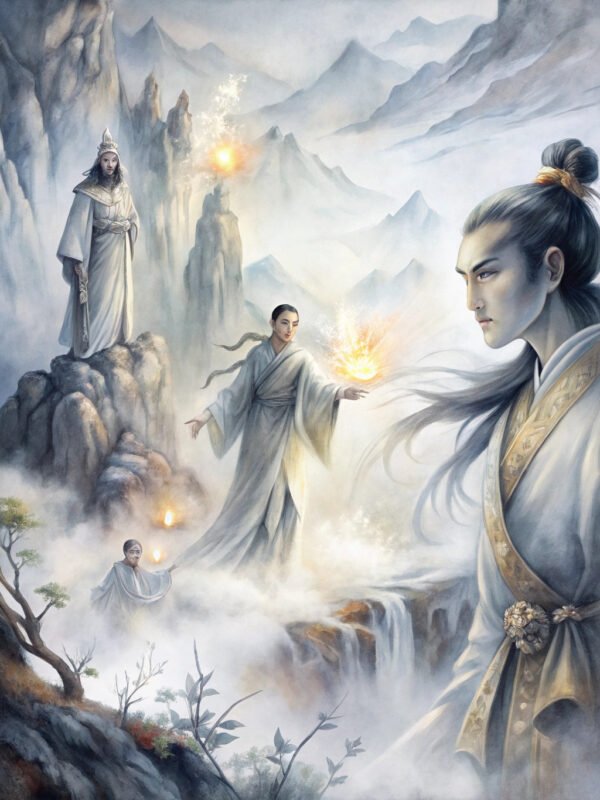
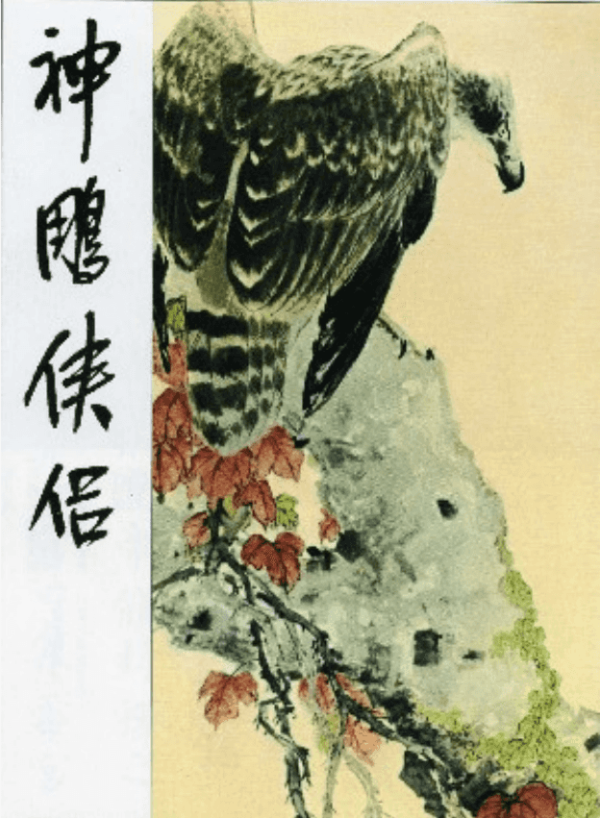
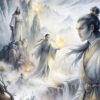
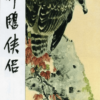

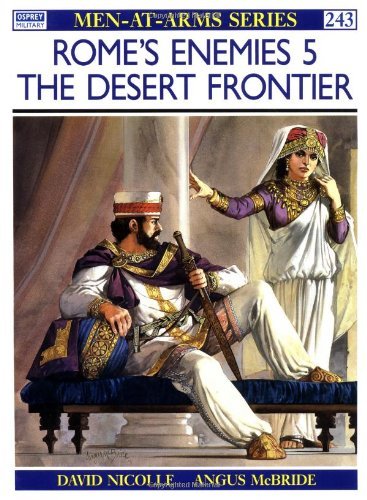
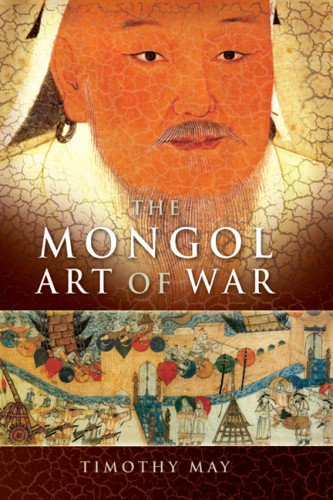
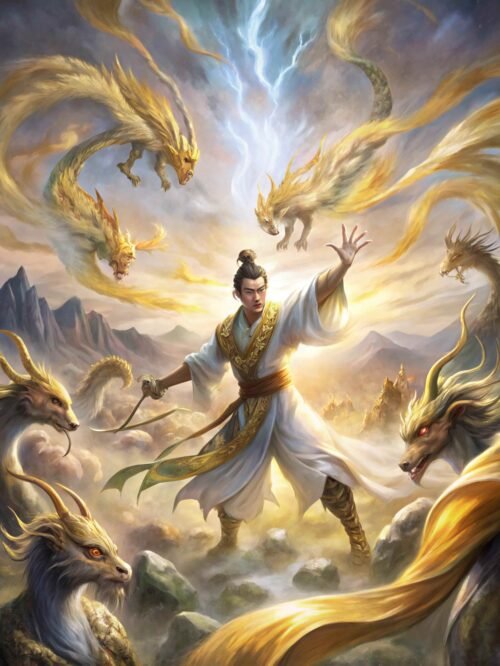
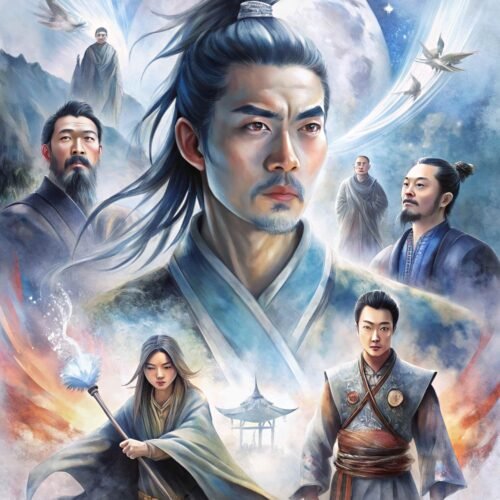
评价
目前还没有评价